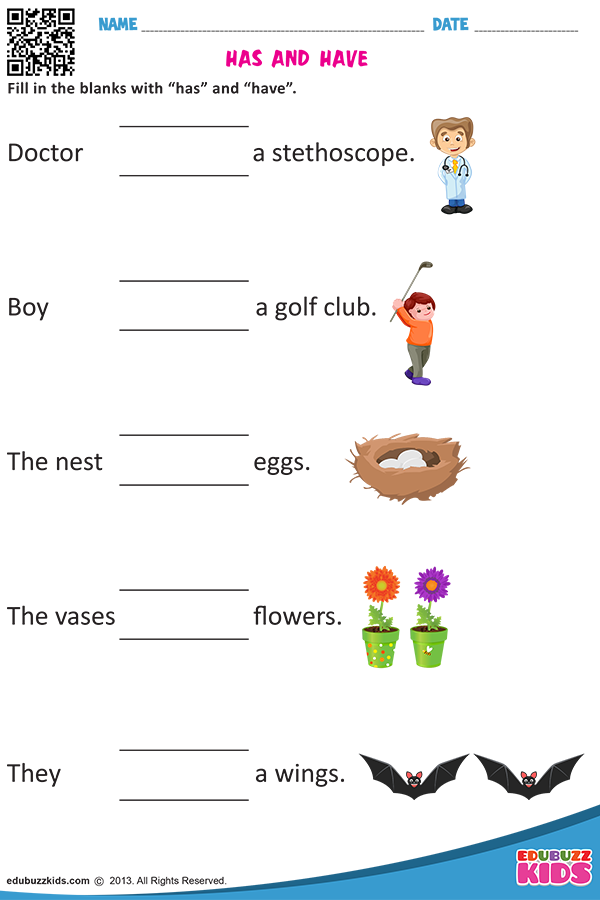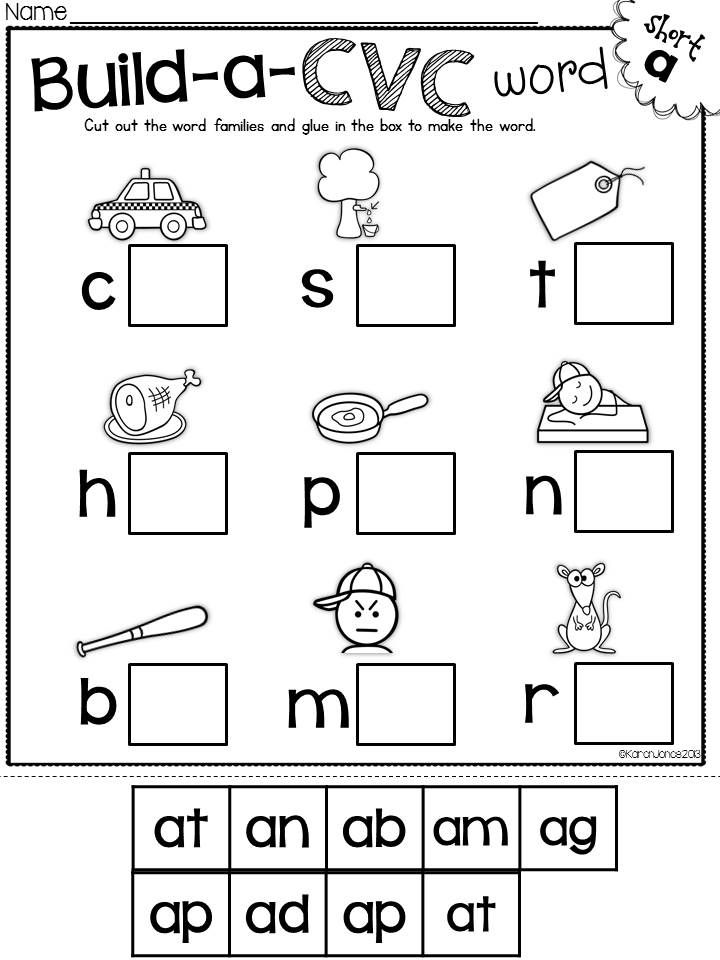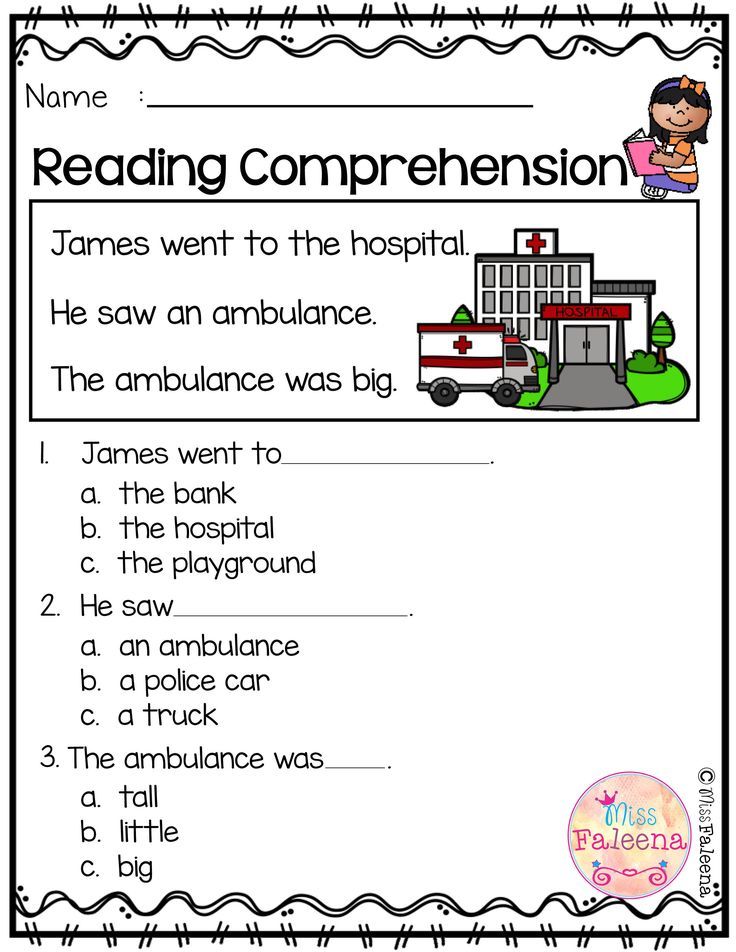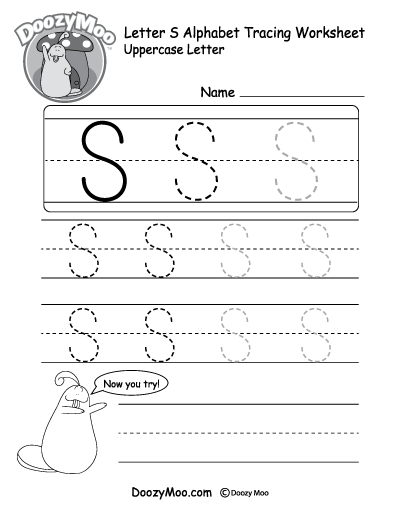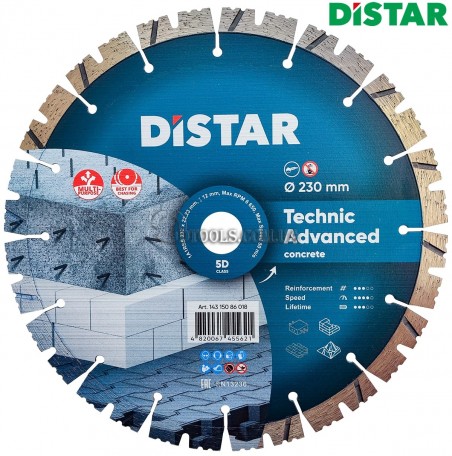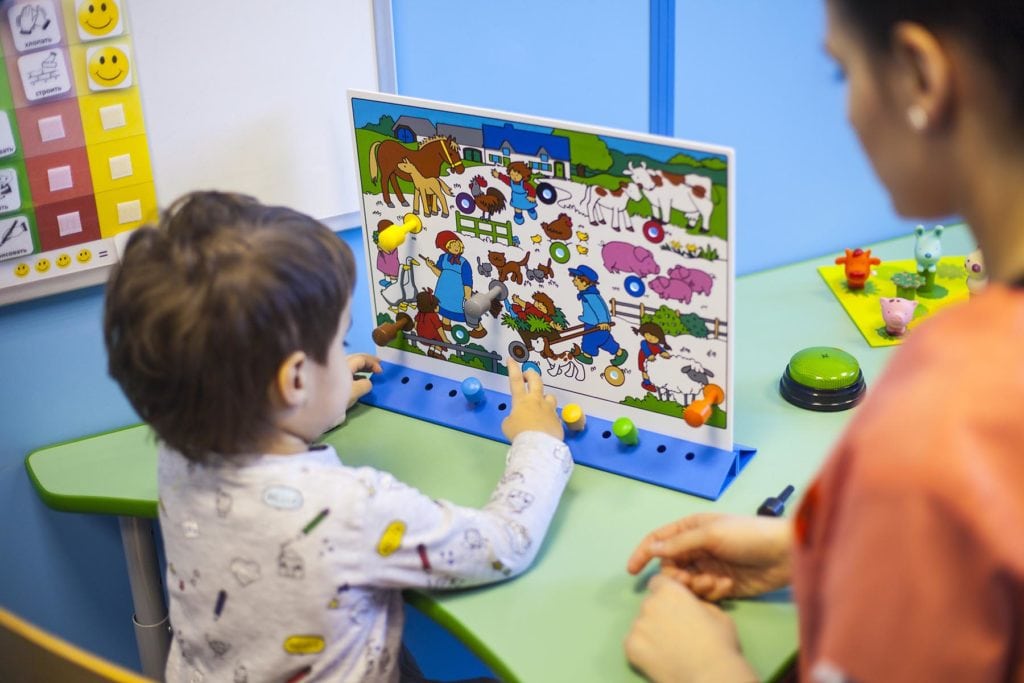Fill in the blank games for kids
Fill in the Blanks Fun | Activity
Activity
Kindergarteners thrive on being silly. They love creating ridiculous words and sentences. You can use this love of a good joke to get them writing! This fill-in-the-blanks game is a little like Mad Libs, but for emerging writers. Get ready for some silly sentences!
Download free activity
Grade
Kindergarten
Subject
Reading & WritingGrammarGrammar and MechanicsParts of SpeechVerbsPresent Tense VerbsNounsSingular Nouns
View aligned standards Common Core State StandardsTexas Essential Knowledge and Skills (TEKS)Virginia Standards of Learning (SOL)BC Performance StandardsAlberta Program of StudiesThe Australian Curriculum (ACARA)The Victorian Curriculum (F-10)Can't Find Your Standard?
L. K.1.b
English Language Arts and Reading Kindergarten K.10.D.ii K.10.D.iv K.10.D.v K.10.D.vi Grade 1 1.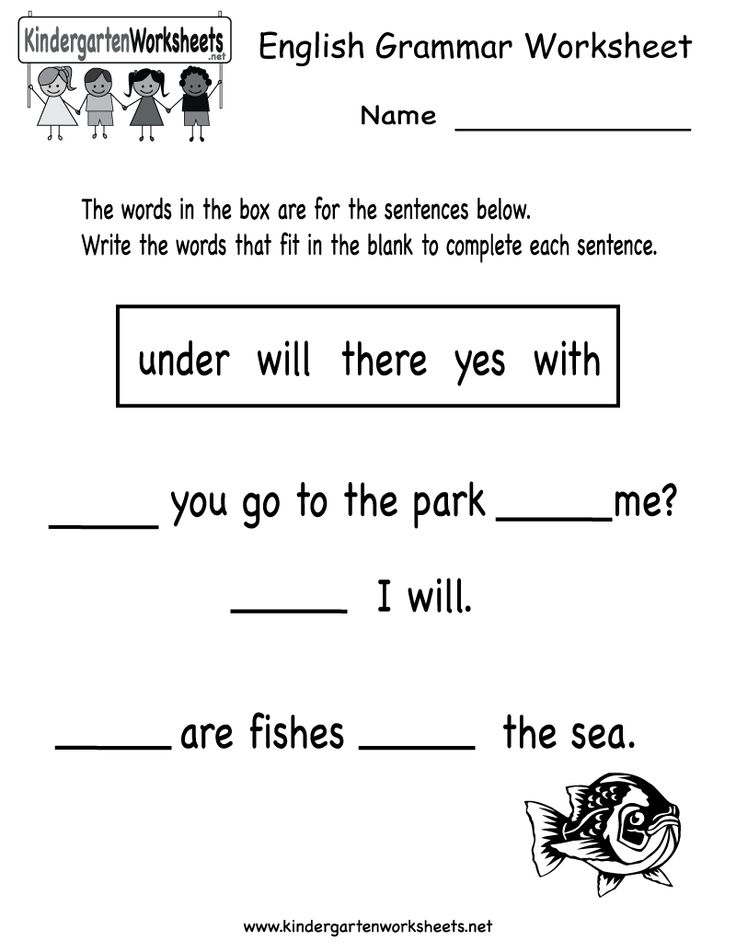 11.D.ii 1.11.D.vi 1.11.D.vii
11.D.ii 1.11.D.vi 1.11.D.vii
English Grade One R.1.7.f R.1.7.g Kindergarten R.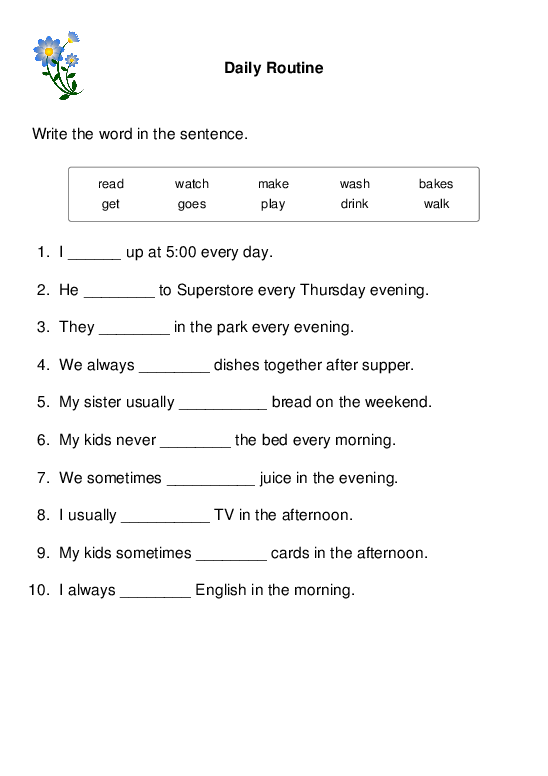 K.7.f
K.7.f
No standards associated with this content.
No standards associated with this content.
English Year 1 ACELA1451.a ACELA1452.a ACELA1452.b ACELY1659.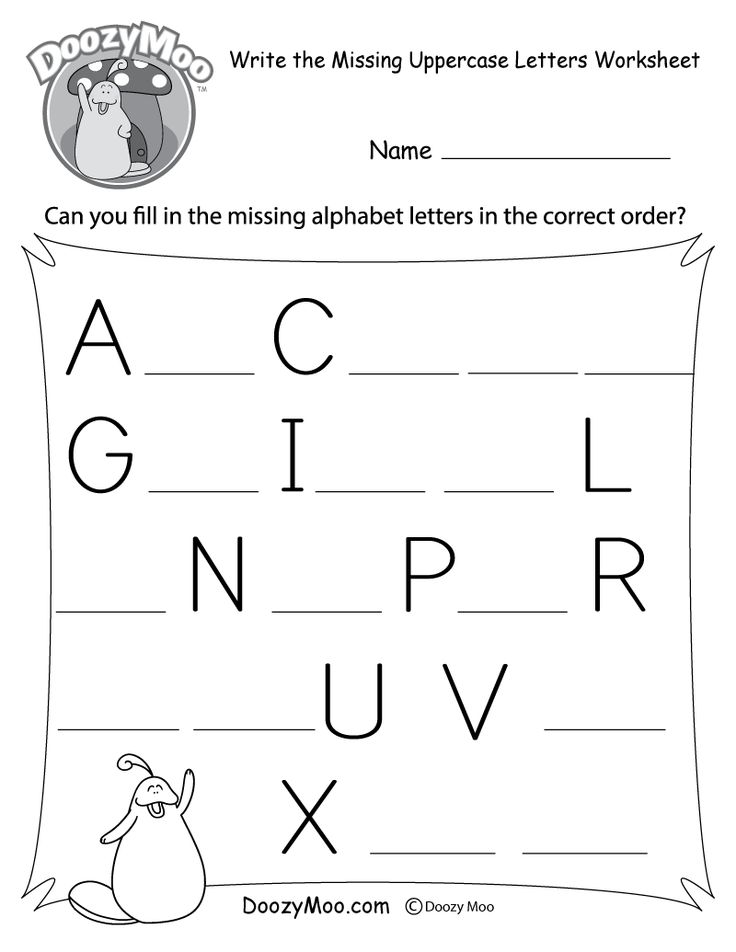 b
b
English Level 1 RV.VCELA178.1 RV.VCELA179.1 RV.VCELA179.2 RV.VCELY187.2 RV.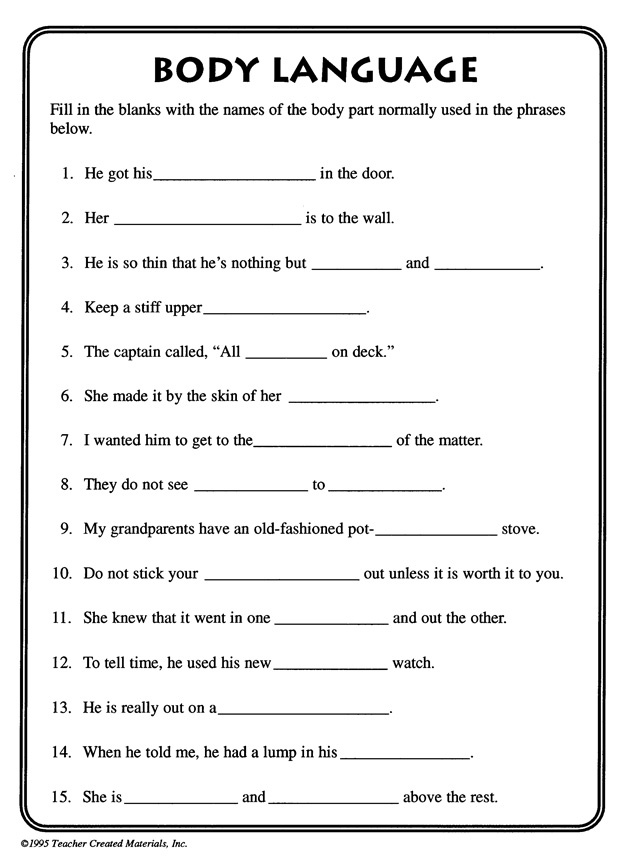 VCELY187.4
VCELY187.4
Which set of standards are you looking for?
What You Need:
- Pencil
- Crayons
- Clear tape
- 2 pieces of construction paper (one red, one yellow)
- Safety scissors
- 2 bowls
What You Do:
- Fold each piece of construction paper into 8 sections (fold the paper in half, then fold in half again, and then fold the remainder in half). Unfold, and ask your child to draw a picture on each of the sections, to illustrate the following word lists: Red (nouns): Car House Cat Girl Boy Yellow (verbs): Walk Swim Eat Throw Read
- Once she’s drawn illustrations for all of the words, ask your child to cut along the folds to create picture cards. (NOTE: She will have five picture cards for each sheet, plus 3 blanks.) Put all the red cards in one bowl, and all the yellow cards in the other.
- It’s time for some fill-in-the-blank silliness! Using the template below as a “sentence frame”, your child will choose cards at random to fill in the gaps.
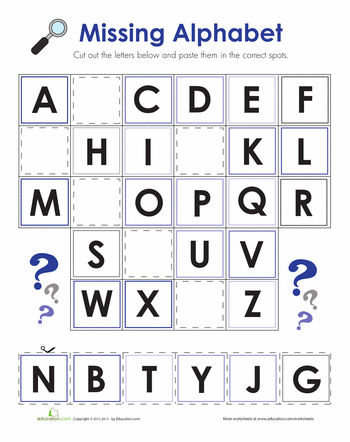 Each time she sees the words “red card” underneath a blank, she should pick a card from the red bowl, and write the word in the blank. When she sees the words “yellow card”, she should pick a card from the yellow bowl, and write it in the blank. Repeat until all spaces are full. The result? Absolutely ridiculous sentences, that she’ll get a kick out of repeating.
Each time she sees the words “red card” underneath a blank, she should pick a card from the red bowl, and write the word in the blank. When she sees the words “yellow card”, she should pick a card from the yellow bowl, and write it in the blank. Repeat until all spaces are full. The result? Absolutely ridiculous sentences, that she’ll get a kick out of repeating. - This activity gets things started, with four super silly sentences. But you can extend the fun, by creating some more of your own. Add new picture cards, or add more fill-in-the-blanks, it’s up to you. Either way, this game is sure to get your kid giggling, and practicing her new writing skills, too!
Sentence Frames:
- We will go to her (red card) to (yellow card).
- The (red card) likes to (yellow card) mice.
- The (red card) will (yellow card) me the ball.
- A (red card) went to the library to (yellow card).
Fill in Blank Game - Etsy.
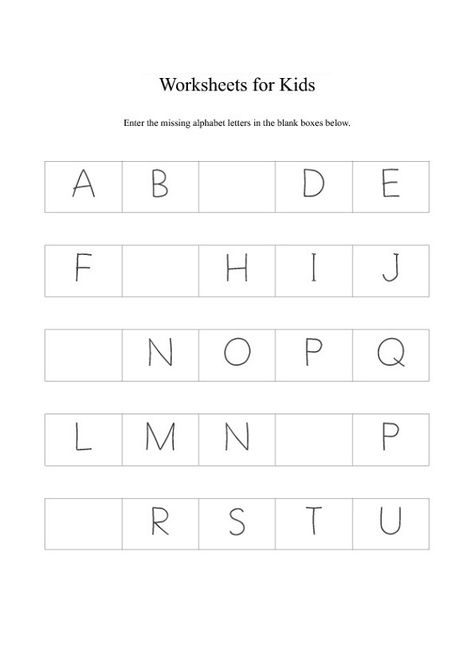 de
deEtsy is no longer supporting older versions of your web browser in order to ensure that user data remains secure. Please update to the latest version.
Take full advantage of our site features by enabling JavaScript.
Find something memorable, join a community doing good.
(729 relevant results)
Magic Squares: Math Games by LogicLike
Math and logic for kids / Math games
Magic square games are enjoyed by anyone who is into puzzles.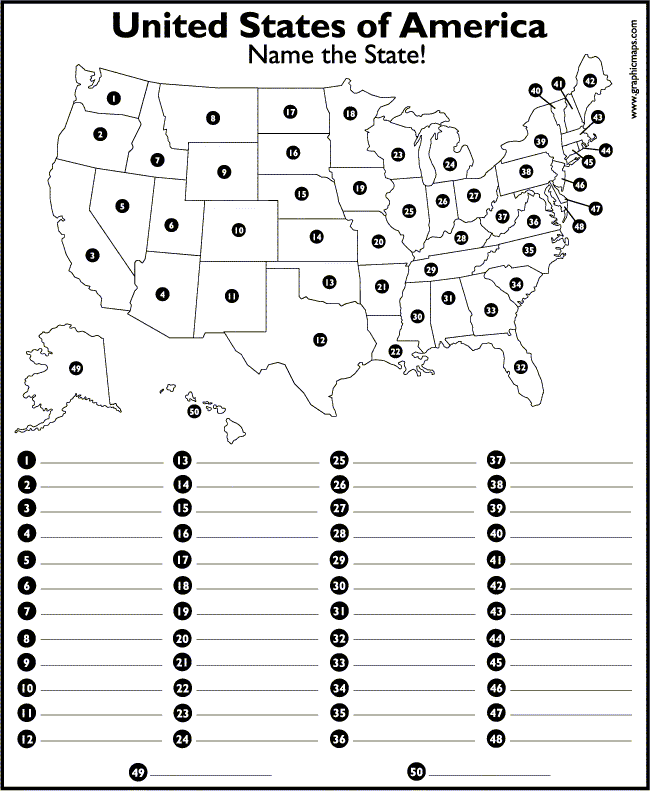 Looking for the magic numbers, filling out the table, the child develops interest in mathematics, logic and observation.
Looking for the magic numbers, filling out the table, the child develops interest in mathematics, logic and observation.
Select difficulty to view
LogicLike course "Magic Squares"
5-8 years old
9-14 years old
Adult (15+)
On the LogicLike.com platform, 3500 logic puzzles with answers: tasks, questions and puzzles. Solutions and explanations help you learn how to solve the most difficult tasks.
How to solve magic squares?
It is easier to solve puzzles when you understand exactly what needs to be done and by what rules.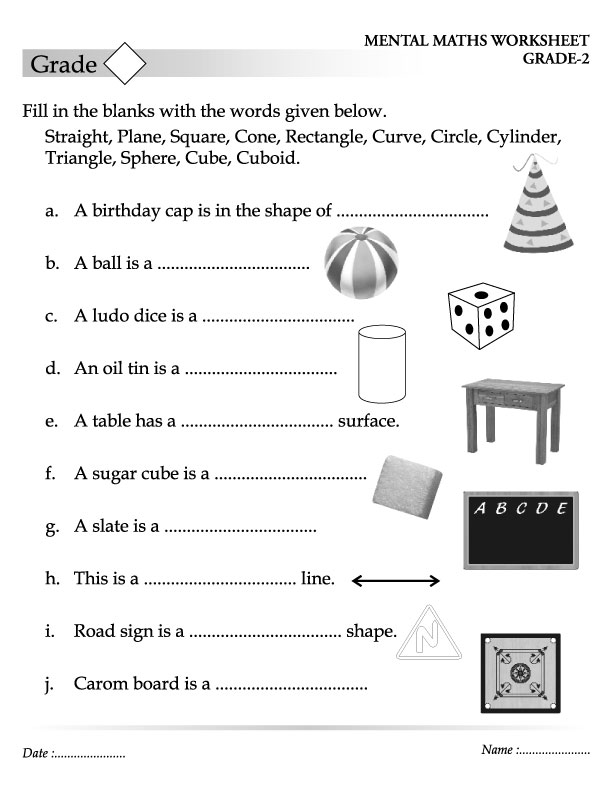 For First you need to figure out what is special about these square tables.
For First you need to figure out what is special about these square tables.
Solve the magic square - fill in empty cells so that the sum of numbers for any horizontally, vertically and diagonally was the same.
Add the numbers in the solved problem in any row, in any column, and also along both diagonals.
No matter how you add it up, you end up with the same amount. That's where the magic is, that's why the square - magical!
check yourself
Help Valve find out which of the 2 squares is magic.
Find out the answer
Answer:
First, purple, square.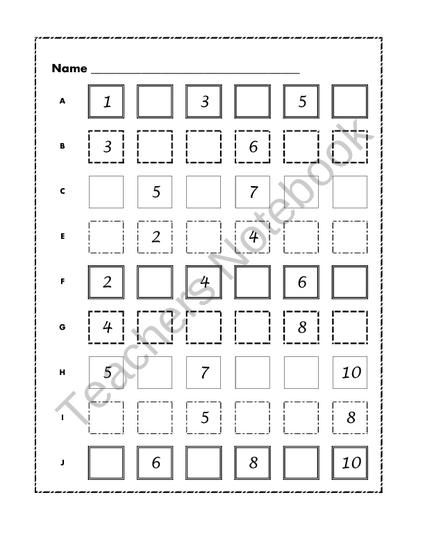
Solution
In the purple square, the sum of the numbers over all directions is 21.
In the blue square of the "magic" rule are not fulfilled.
Get acquainted with examples of puzzles of various difficulty levels. We present several assignments with answers and a description of the solution.
An adult can perform simple tasks in his mind. Kids today love decide puzzles and tasks online.
Kids today love decide puzzles and tasks online.
Magic squares for grades 1-2
A selection of tasks from the training course LogicLike
Find the missing number
To decide tasks, click Start classes!
Find out the answer
Answer:
5.
Solution
You can find the magic number here by using the set ways:
3+3+3 or 2+3+4 etc.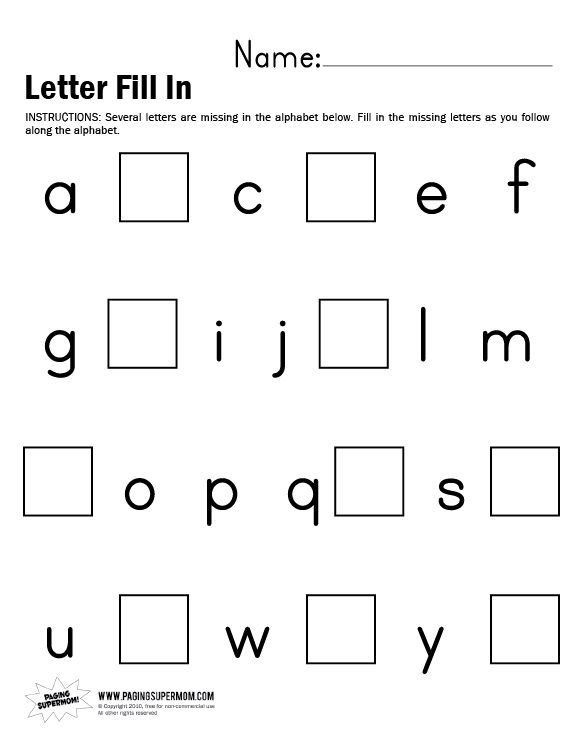
In mathematics, this number is called the magic number. constant and in this puzzle is 9.
Find the missing number:
9-2-2=5
or
9-3-1=5.
To decide tasks, click "Start classes" !
The monsters have erased some of the numbers in the magic square.
You need to fill in the empty cells so that the square becomes magical again.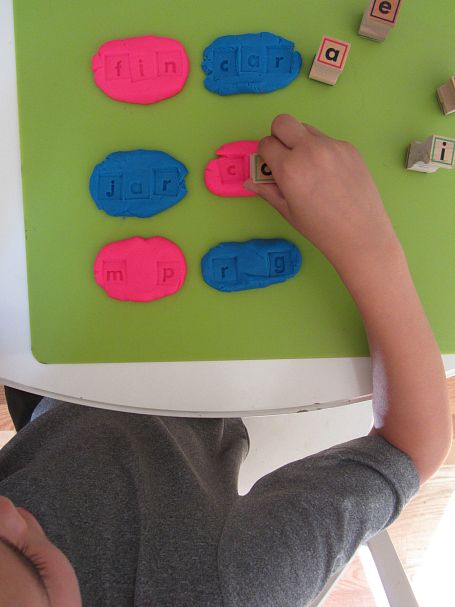
Show solution
1) First you need to determine the magic number.
For the attentive guys, it's quite simple: 5+3+1=9.
2) Find the missing number in the first column: 9-5-3=1.
3) In the 2nd column: 9-3-1=5.
4) In the 3rd column: 9-1-5=3.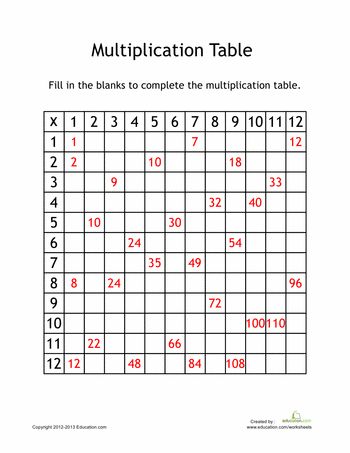
Help Irishka make a square magical.
To decide tasks, click "Start classes" !
Insert the numbers 2, 3, 4 into the empty cells of the square.
Get hint
Hint:
Magic Number = 4 + 3 + 2 = 9.
It is interesting that this square can be filled according to the rules "Sudoku".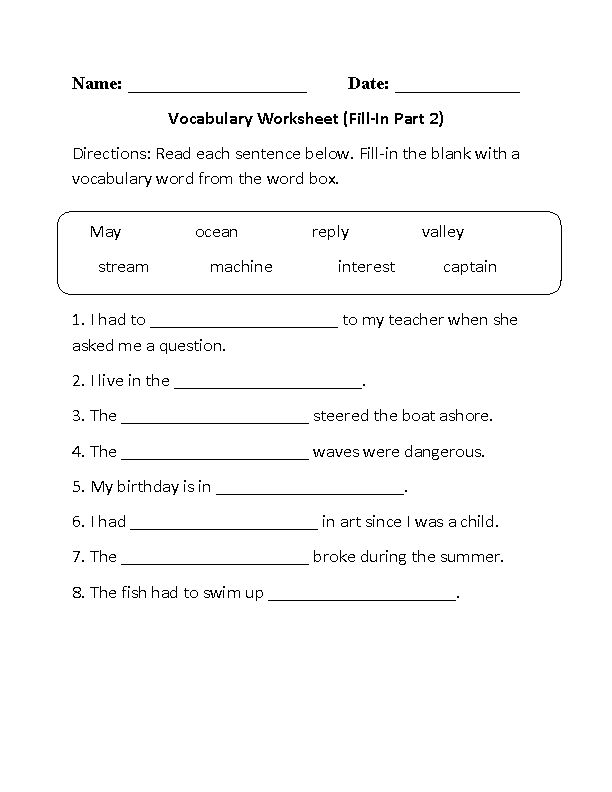
In order for children to develop logic and thinking with interest, playfully, we have created and are developing online platform "Logic Like".
Magic squares for grades 3-4
Solving the following puzzles in your mind will not be easy at all.
You can arm yourself with paper and a pen, or just look at examples of tasks. Most interesting – play magic squares online (click "Start lessons").
To decide press "Start classes" !
The professor came up with a magic square, but because of his absent-mindedness, he did not filled in several cells.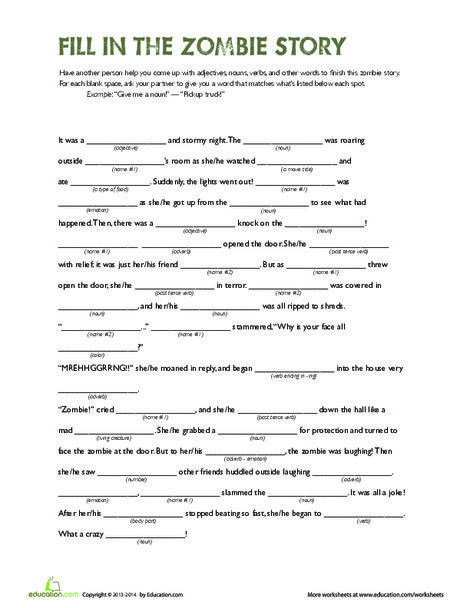 There are only 4 gaps left to complete.
There are only 4 gaps left to complete.
To decide click "Start classes" !
Monsters need to put six different numbers in empty cells so that the square became magical.
To decide click "Start classes" !
Become a wizard. Insert the numbers 5, 8, 9, 12, 13, 15 into the empty cells and do square magical.
We teach to solve any logic problems
More than 150,000 children and parents from all over of the world are already engaged on the LogicLike website.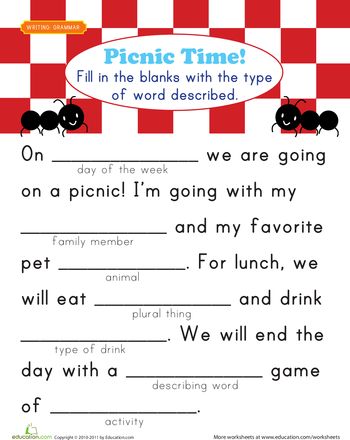 Connect and develop logic and thinking!
Connect and develop logic and thinking!
Start learning! Start learning!
Logic Games for Kids. We do it ourselves
What do you think? Is it difficult or easy to develop logical thinking in a child? We answer - it's difficult! But, if you can captivate a child, then it is incredibly simple and exciting! After all, children most of all like to play with objects that are at home. We have selected for you a choice of 10 games from improvised objects that will help your child develop logical thinking.
⠀
To prepare one game, you will need a little creativity and no more than 5 - 10 minutes.
⠀
So let's get started.
Puzzle games for kids made of plastic bottle caps
We know, we know, most likely you dispose of plastic caps along with bottles, and you don’t have them now. But this is not a problem, because, taking into account our exercises, you will be able to collect the required amount in a week, or even in two or three days.0155 .
But this is not a problem, because, taking into account our exercises, you will be able to collect the required amount in a week, or even in two or three days.0155 .
"Complete the row" GAME
This game develops mathematical abilities well, due to the fact that it simultaneously involves hand motor skills and thought processes.
You will need: bottle caps 10-15 pieces, white sheet and paints. We cut the sheet into identical rectangles, we get 4 or 5 pieces. Next, draw a lid on each rectangle to get from 5 to 10 circles.
⠀
Then we decorate the circles with the colors of the lids, for example:
- Green-yellow-green-yellow-green-yellow-blank
- Red-blue-red-blue-red-blank-blank
- Green-yellow-red-green-blank-blank-blank
In each sequence, ask the child to fill in the empty circles with the correct color caps. Start with a row where you need to add one cap and gradually complicate the task.
Tic-Tac-Toe GAME
You will need all the same covers and a blank sheet. For the entire size of sheet A4, draw a field for the game "Tic-tac-toe". Draw crosses on the lids of one color, and zeroes on the lids of the other. Explain the rules to your child and enjoy your favorite childhood game together.
Puzzle games with homemade puzzles
Everyone knows that puzzles are great for developing logic, attention, memory and imagination. But for many children, when they see a mountain of cards, the desire to collect anything immediately disappears.
⠀
To captivate the child with puzzles, we suggest going the other way.
You will need:
Waste cartons from toys or any other items. Choose with your child a suitable large picture on the package and cut it out. Then draw a marker on the back of the picture - lines, so that you get squares and let the child cut the picture along these lines. The more squares you get, the more difficult the puzzle will be.
⠀
Tip: if your child is under 3 years old, cut the pictures into larger pieces so that it is easier for him to fold it.
⠀
Thus, you will get homemade puzzles that the child will be happy to collect, as he made them with his own hands.
⠀
Life hack: if you want to start learning letters, then cut out the names from the packages, cut the word into letters, and the letters into elements. Get puzzles "make a letter."
Magic cotton buds
Yes, regular cotton buds! But how many interesting games with them you can come up with for the development of logical thinking!
Smart Constructor GAME
You will need colored plastic tubes, cotton swabs and gouache.
⠀
Take 10 colored tubes and cut each into 3 parts. Take cotton swabs and dip the edges in gouache so that the colors match the colors of the tubes. On one cotton swab, you can make both the same and different colors.
⠀
Let the paint dry for a couple of minutes and you can play. Ask your child to connect the cotton buds to the tubes in such a way that the colors match: the red stick is connected to the red tube, etc.
The child can make one long or many short designs that can be used to make letters, numbers and shapes.
Mosaic Discovery GAME
You will need: 1-2 A4 sheets, cotton swabs and gouache.
⠀
As in the first game, dip the edges of the sticks into the paint so that both ends are different colors. Make 10-15 colored sticks.
⠀
While the paint sticks are drying, draw a shape or letters on the sheet in different colors. Then put dried sticks next to the drawing and ask the child to lay out the image with sticks of the corresponding colors.
Thus, using colored sticks you can make not only letters and figures, but also lay out unusual drawings with animals, cars, houses and much more.
Tricky logic games
GAME "Which object is superfluous?"
The child has long dreamed of playing with your cosmetic bag, or getting into dad's glove box.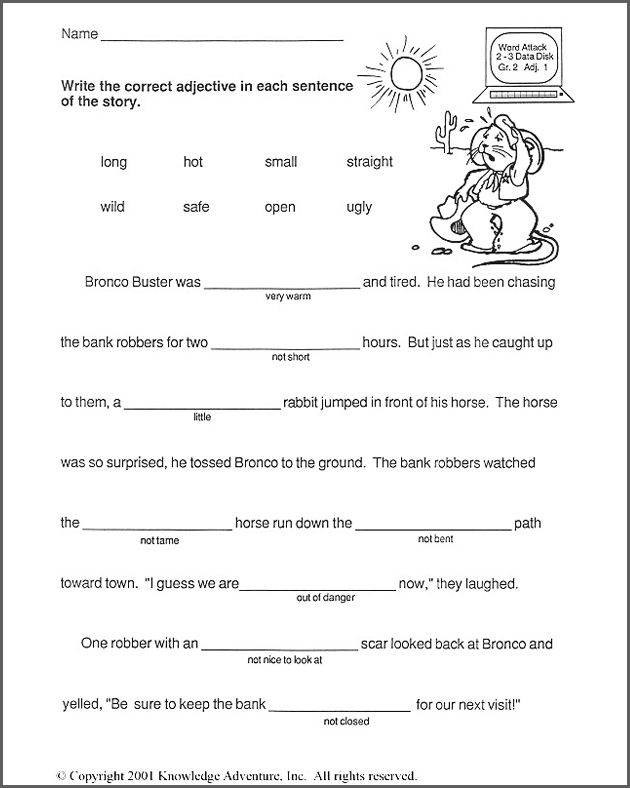 Today we allow everything and turn simple curiosity into an exciting logic game.
Today we allow everything and turn simple curiosity into an exciting logic game.
⠀
So think about what your child is most interested in.
For example, take soap, toothpaste, shampoo, shower gel, and a toothbrush. Put all this in front of the child and ask him to find an extra item. In our case, this is a brush. Since the rest is personal hygiene products, and this is a subject.
A similar game can be made with items of clothing, for example by placing a few items and a pair of shoes in front of the child. It is also interesting to look for excess among vegetables and fruits. Just take out the contents of the refrigerator and the game is ready!
⠀
Such games teach the child to find patterns in which objects differ, thanks to which logic develops with a bang.
GAME "What letter does it begin with?"
This game will not only develop logical thinking, but will also help you memorize letters faster.
⠀
You will need: any household items and colored letters (you can take magnetic ones) or cardboard cards with letters.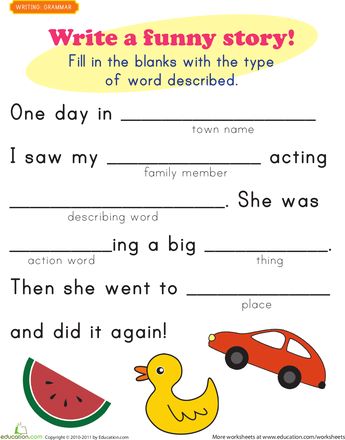
⠀
For example, bananas, a saucepan, a mobile phone, a wristwatch. Put all this on the table, select the necessary letters from the alphabet and put them in a pile next to it.
⠀
Next, pointing to the object, ask the child: “What is this?” He answers: “Bananas”, and you: “What letter do bananas begin with?” If the child answers, ask him to find his letter "B" in a pile and put it next to the bananas.
Help the child if he/she is unable to answer.
⠀
For children who already know the letters, you can complicate the task and ask them to lay out the whole word, suggesting what color the first, second and subsequent letters are.
⠀
Did you like our ideas? Now you know how easy it is to make educational games with your own hands. A little imagination and any game turns into a logical one.
⠀
We also turned our education into an exciting game where a child learns to read and at the same time develops attention, memory and logic.